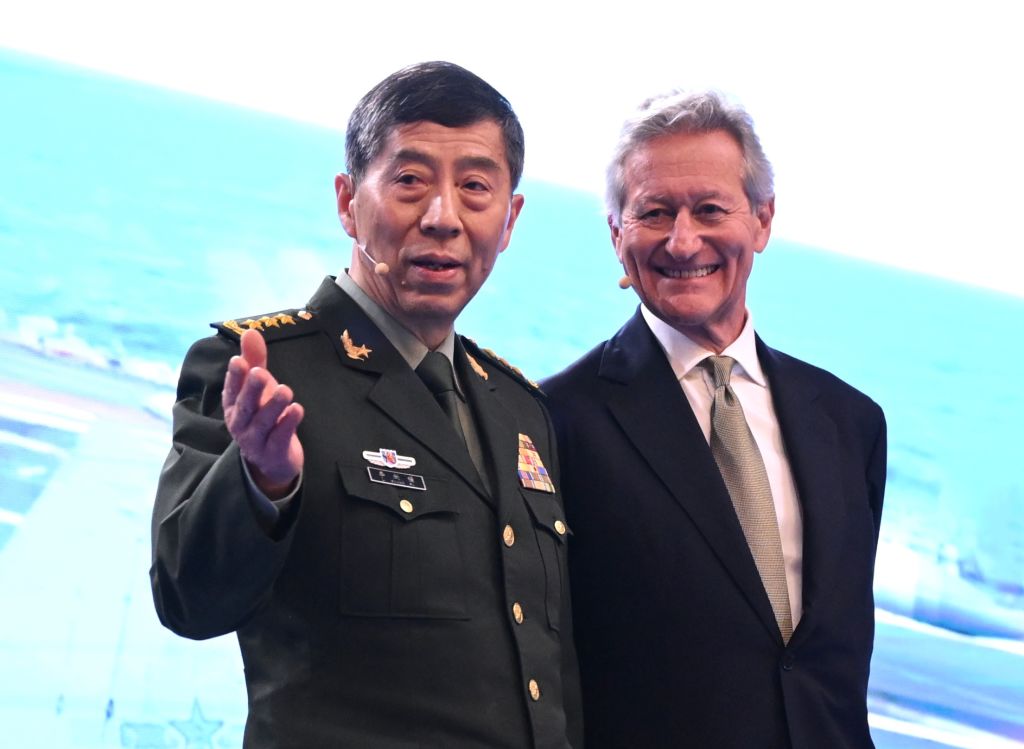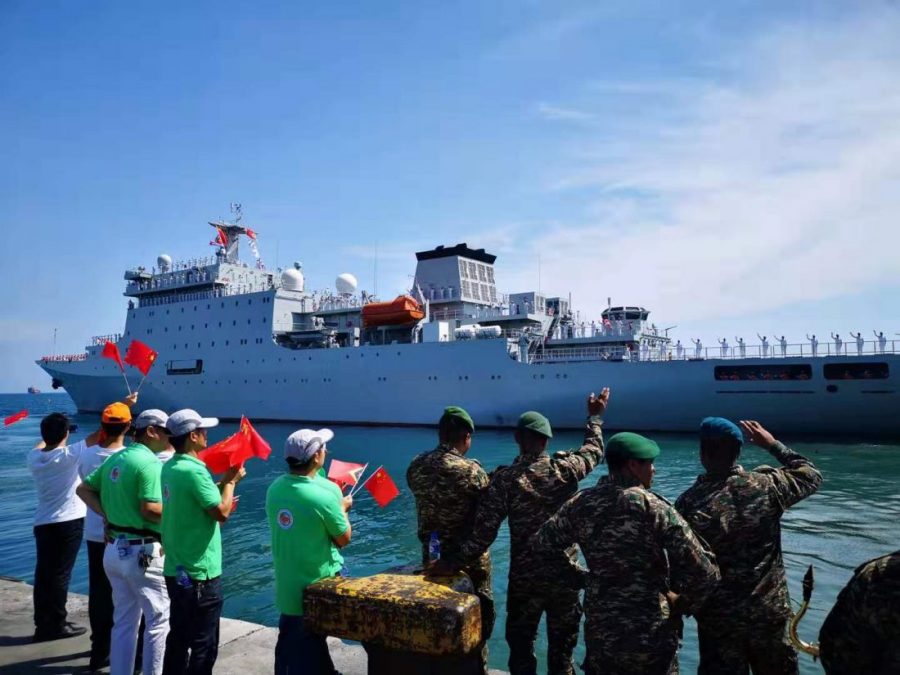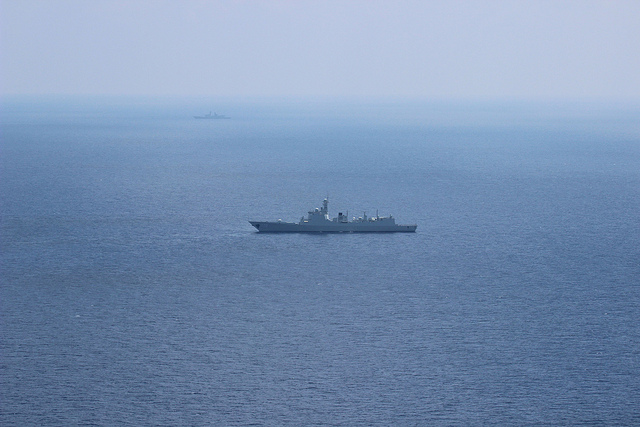Societal resilience is the best answer to Chinese warships

The Australian government has prioritised enhancing Australia’s national resilience for many years now, whether against natural disasters, economic coercion or hostile armed forces. However, the public and media response to the presence of Chinese naval vessels in the Tasman Sea over the past two weeks suggests that more work must be done to strengthen the resilience of Australian society.
Political leaders and senior officials have repeatedly stressed that ‘Australia faces the most complex and challenging strategic environment since the Second World War’, but recent commentary suggests that Australia as a society isn’t yet mentally adjusted to such circumstances.
While the public should be aware of China’s military signalling, and attempts to antagonise or even intimidate, we shouldn’t overreact.
Yes, these activities are unexpected. Yes, certain elements have been conducted unsafely and unprofessionally, notably the live fire drills which were carried out with extremely short notice and disrupted nearby civilian air traffic. Nevertheless, such activities are legal, relatively commonplace and likely to occur more frequently as China develops a more capable, expeditionary navy.
Taking the bait and choosing to be provoked only serves to justify Beijing’s common overreactions when non-Chinese ships operate legally in waters close to China.
Moreover, if Australian society—or, specifically, the voting public—regards activities such as sailing Chinese ships in our exclusive economic zone to be a threat, then the scope of government reaction is restricted: ministers may be under pressure to be more strident than they should be and react in ways that are not conducive to our long-term interests.
None of this excuses China’s blatantly aggressive acts, for example repeated hostile aircraft interceptions, endangering Australian aircraft and crews by releasing chaff or flares in front of them or using sonar against Navy divers. These are, and should be, condemned.
Denying China the headlines and propaganda victory it craves would clearly show how extreme Chinese measures have been.
Drawing on the Cold War experience, NATO naval vessels routinely shadowed Soviet warships in the North Atlantic, Mediterranean and Indian Oceans to monitor their behaviour and obtain intelligence. Similarly, we should expect Chinese intelligence-gathering vessels to lurk nearby large-scale training exercises such as Talisman Sabre, as they did in 2023.
In today’s context of widespread strategic competition, we should expect these kinds of activities to be just as commonplace and therefore try to inform and educate the public accordingly.
The threat posed by China is not going away. Nor are its naval and coast guard vessels, whose numbers are rapidly rising, and its global ambitions are growing.
While the political drama that these events may provide is undoubtedly tempting in the lead-up to the federal election due by May (a coincidence, or an attempt to sow discord?) it is shortsighted to seek partisan advantage from a scenario that will be repeated frequently for maybe decades to come. That merely encourages similar behaviour from the other side of politics when governments change.
The priority should instead be on building a more resilient society that is better equipped to respond to complex—and confronting—situations. Part of that is ensuring our society is better informed and less susceptible to propaganda, misinformation and disinformation, none of which is served by overreacting to routine, if unprofessional, naval activities.
Beyond rhetoric, an important dimension of building resilience is ensuring that the Australian Defence Force is suitably equipped to respond to such scenarios. It would give the public confidence that their armed forces are capable of monitoring and responding as required.
As other contributors have noted, the Australian navy’s capability shortfall must be addressed. China has proven adept at using maritime means to intimidate, destabilise and coerce its neighbours in Southeast Asia. We must be mindful, and prepared, in case these techniques are applied in our immediate region.
Should China establish a base nearby or pursue more regular deployments to Australia and the Pacific, ADF resources would rapidly become strained if the level of response expected to every Chinese navy transit matched the tone set by the current reporting.
Resilient societies and polities are those that know when to respond forcefully, and when to keep their powder dry. For the sake of navigating the long-term challenge of a regional environment defined by strategic competition, Australia needs to learn and apply this lesson quickly.









